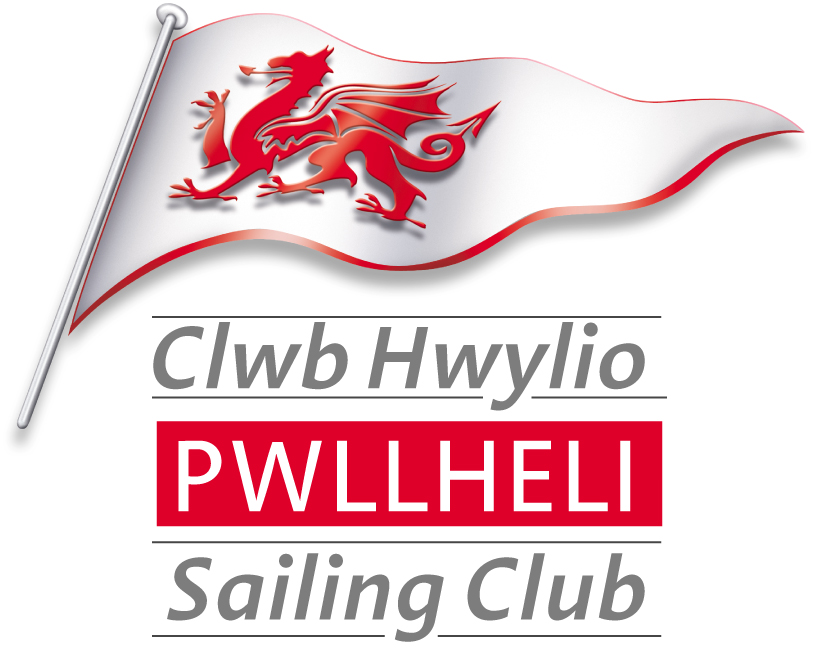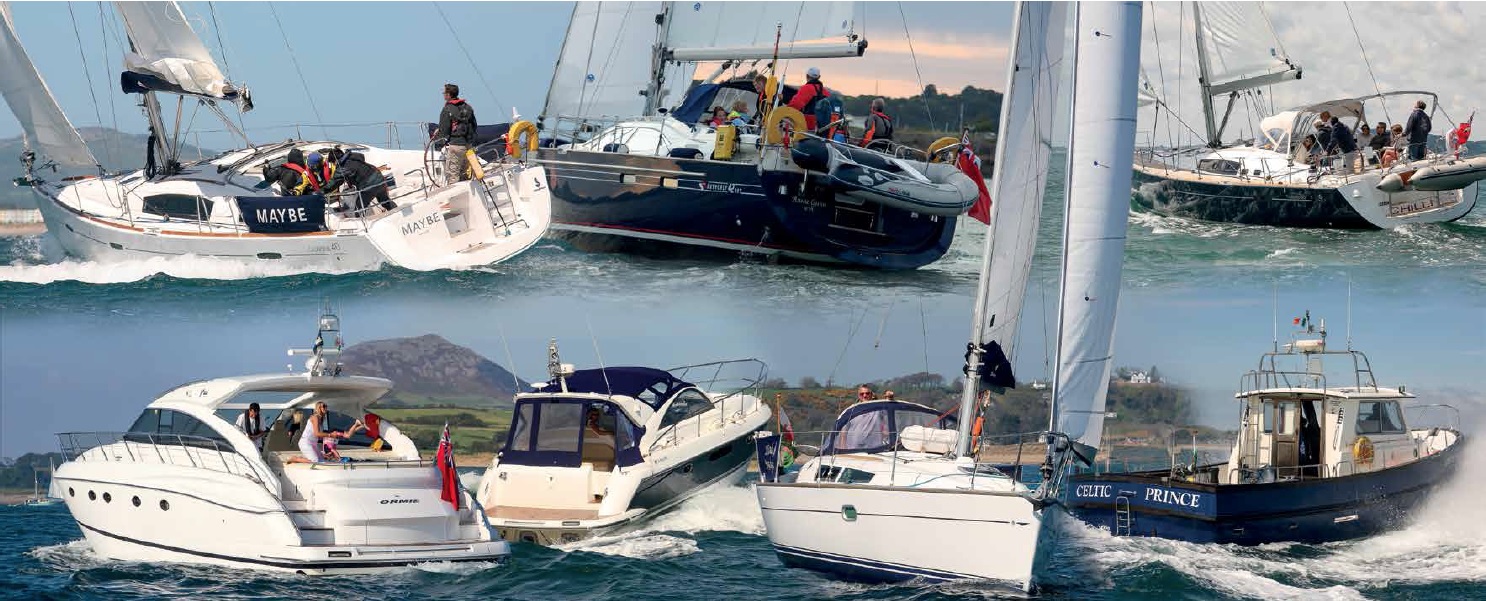Notes on the tidal situation off the SE part of Ireland
 I have said in previous notes that the north going stream in the Irish Sea starts flowing north at low water Liverpool/Dublin, there is however an anomaly in the above area, especially west of Carnsore point. I discovered this by accident many years ago, though the locals had always known about it, nobody had asked them! Having done the passage north with a compiler of the Irish Pilot guides this is now well known but needs a little more explanation.
I have said in previous notes that the north going stream in the Irish Sea starts flowing north at low water Liverpool/Dublin, there is however an anomaly in the above area, especially west of Carnsore point. I discovered this by accident many years ago, though the locals had always known about it, nobody had asked them! Having done the passage north with a compiler of the Irish Pilot guides this is now well known but needs a little more explanation.
The tide turns in the Kilmore Quay area about two to three hours before the main current in the Irish Sea, this is very useful for going north, however it becomes a great disadvantage going south. I will illustrate this with a few examples.
I will take the passage from Kilmore Quay to Pwllheli first as this was when I first discovered this anomaly returning from an early Cork week with my son, I had promised him a “fry up” going across Abersoch bay, we arrived far too early for this leading me to work out why, this was also when I discovered the advantages of talking to the locals.
This passage is over ninety miles and under normal circumstances would take me well over thirteen hours, however there have been times when I have completed the passage in under eleven! If you leave Kilmore about two and half hours before low water Liverpool you will have tide under you to Carnsore and then nearly eight hours of north going stream with you across the Irish sea. If you can do around seven knots a big hint here is to put about an extra ten degrees northing into your course, when the tide starts running south you will be north of Bardsey and will be able to “ferry glide” across the current and catch the south going stream through Bardsey sound and across Hell’s Mouth, though this looks long on the chart you will arrive at Pwllheli well before you expected.
I usually do this passage if I can leave Kilmore before eight in the morning, however if this is not possible I will still take advantage of the tidal situation and go to Arklow, or in fine weather anchor off Polduff, which avoids having to go north or south of the Arklow bank, with a shorter passage to Pwllheli the following day. It is fifty miles to Arklow which on a normal passage would mean fighting some tide at one end of the passage or another. However, again leaving Kilmore a couple of hours before low water Liverpool you will carry the current all the way, making for a very short passage. It is possible to carry the tide north of Wicklow Head, a major tidal gate on this coast, if you leave Kilmore early enough, this would put somewhere like Greystones within reach.
The other advantage of leaving Kilmore at this time means that there is no depth problem at the entrance, which has begun to silt.
Going south is a very different prospect, however I will try to illustrate the best way of avoiding the worst of the foul tide. If you plan to do the passage from Pwllheli to Kilmore you will have to factor in the early change of stream at Carnsore where the tide runs at its strongest, this means to enable you to have tide with you there you will have foul tide nearly all the way until about ten miles north of the point this is why I prefer to use Arklow as a stop on the way.
=======================================================================================================================================
Some observations around the tidal situations of Aberystwyth
Now that the marina at Aberystwyth has become usable again here are some notes on taking advantage of the tidal situations in Cardigan Bay in passages to and from Aberystwyth.
High water Aberystwyth is half an hour or so before Pwllheli, this period can be very useful in passage planning to allow entry to each port on one tide. However there is a much more significant factor to consider in this respect and that is tidal current.
As my notes on Bardsey sound (available at the marina office) say, tidal currents in the Irish Sea are controlled by high/low water at Liverpool and not, except very close to, the local harbour. Even though the current is less strong in Cardigan Bay it can still at times reach nearly a knot. This means that if you are planning to arrive at Aberystwyth a little after half flood you will have the tide with you most of the way. Lets look at this carefully, say high water Aberystwyth is 1600, and you plan on a six hour passage and wish to arrive a couple of hours before this, 1400. High water Liverpool is three and a half hours after Aberystwyth so the tidal currant in this case will not start running north until 1330 (low water Liverpool) so you will have the ebb tide from Liverpool with you until that time. So for most of your passage you will have half a knot or so with you giving about half an hour advantage, if you don’t factor in this arrival will be too early and you might have to wait outside (not pleasant in an onshore breeze).
Going the other way the same principle applies, if you leave Aberystwyth two hours before local high water you will have the Liverpool flood with you all the way so probably giving you a local half ebb entry to Pwllheli.
If anyone wishes to discuss this in more detail with reference to a specific case please contact me.
Richard Smith
Imladris Berth 2B2
 Cymraeg
Cymraeg 

